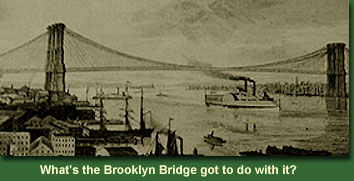
The Silicon Valley of the Nineteenth Century
(excerpts from “Designing Modern America in the Silicon Valley of the 19th Century” by P. Thomas Carroll)
“In a remarkably analogous pattern, the area around the Rensselaer Institute of the 1800s behaved very much like the Silicon Valley of the 19th century.
Today’s Silicon Valley and its many would-be clones, including the upper Hudson’s own nascent Tech Valley, are pivotal to the transition from an urban-industrial, modernist culture to a post-industrial, postmodern entity that we still don’t understand terribly well. In the Troy area’s Silicon Valley of the 19th century, the transition was from rural agrarian lifestyles to the urban-industrial, modernist cultural system we all tend to take for granted as the normal or default way of life.
First and foremost, in both Silicon Valley now and in Greater Troy then, we see a deliberate, coordinated attempt to make cutting-edge technological innovation the focus for regional economic prosperity.”

We can see how this transformational mindset created an environment favorable for innovations such as those listed below -- innovations that helped to make the region one of the wealthiest in 19th century America:
- transportation infrastructure improvements such as
- the Erie Canal, which opened in 1825.
- the promotion of steamboats on the Hudson.
- the first American railroad line designed for use with a steam locomotive.
- the building of numerous bridges.
- creation of an investment banking infrastructure
- creation of an educational infrastructure
- Rensselaer Polytechnic Institute.
- Troy Female Seminary (Emma Willard School).
Read more about how the Greater Troy area helped invent the future in P. Thomas Carroll’s article, “Designing Modern America in the Silicon Valley of the 19th Century.”
